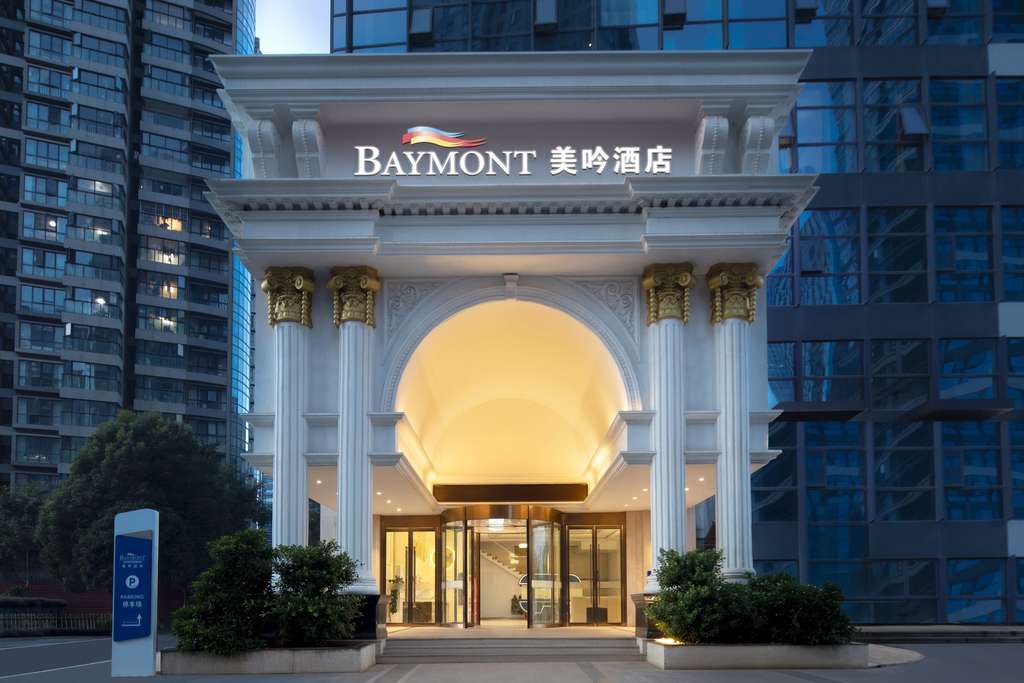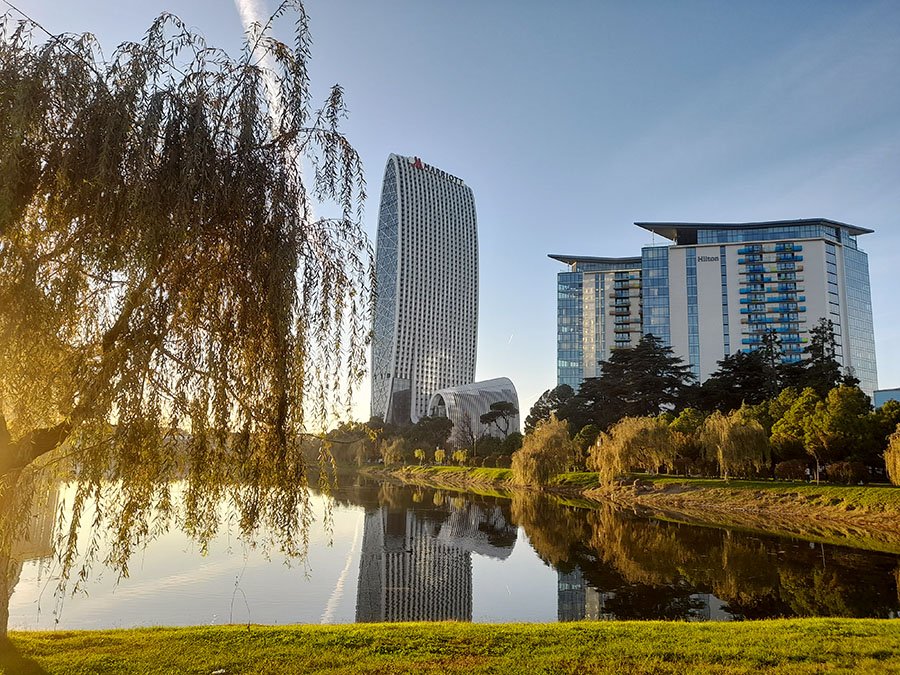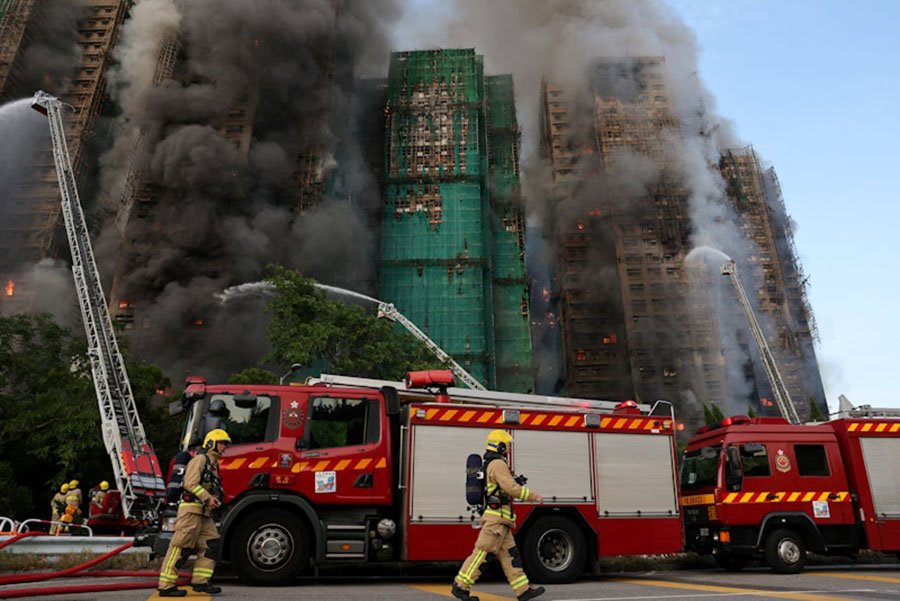читайте также
 Assets of Russians in the UAE Reach 1 Trillion Rubles: FTS Expands Inspections
Assets of Russians in the UAE Reach 1 Trillion Rubles: FTS Expands Inspections
 Wyndham Expands Its Global Presence: Baymont Debuts in the Asia-Pacific Region
Wyndham Expands Its Global Presence: Baymont Debuts in the Asia-Pacific Region
 Latin America’s Hotel Construction Pipeline Hits Record Highs: 17% Year-Over-Year Growth and a Strong Shift Toward Luxury
Latin America’s Hotel Construction Pipeline Hits Record Highs: 17% Year-Over-Year Growth and a Strong Shift Toward Luxury
 Albania’s Tourism in 2025: October Growth Cannot Hide a More Than 7% Drop in Foreign Visitors
Albania’s Tourism in 2025: October Growth Cannot Hide a More Than 7% Drop in Foreign Visitors
 Georgia’s Real Estate in October 2025: What’s Happening in Tbilisi and Batumi
Georgia’s Real Estate in October 2025: What’s Happening in Tbilisi and Batumi
 U.S. Introduces Dual Pricing in National Parks: What Will Change in 2026
U.S. Introduces Dual Pricing in National Parks: What Will Change in 2026
Seven skyscrapers are burning in Hong Kong: 44 dead and hundreds missing

Photo: Reuters
A massive fire in Hong Kong has killed 44 people, with another 279 reported missing. The blaze began on 26 November in the Tai Po district and engulfed several high-rise towers of the Wang Fuk Court residential complex. The scale of the tragedy has become one of the largest for the city in half a century, reports the Independent.
Scale of the tragedy
Tai Po, where the fire broke out, is one of Hong Kong’s most densely populated suburban districts, with around 300,000 residents. Wang Fuk Court is part of the government’s subsidised housing scheme and was occupied in 1983. The eight towers include about 2,000 apartments, home to roughly 4,600 people; more than a third of them are over 65, which significantly complicated the evacuation.
More than 22 hours after the blaze started, firefighters still have not been able to fully contain it. Several blocks of the complex continue to burn. Fire crews report that flames were brought under control in only four towers, while three others remain dangerous and inaccessible. In the sections where temperatures allow rescue teams to work, crews have begun checking apartments for possible survivors. Overnight, several partial collapses of bamboo scaffolding further hindered access to burning floors. Authorities say the firefighting effort may continue throughout Thursday, 27 November.
According to the latest figures, 44 people have died, 45 are in critical condition and 279 are listed as missing. Officials warn that these numbers may rise, as many residents are still unaccounted for in the burning towers. More than 1,200 firefighters and emergency workers are involved in the operation, and over 900 residents have been evacuated to temporary shelters. It is also reported that more than 100 pets may still be trapped in the buildings — rescue organisations have already received over 70 reports.
Preliminary causes
At the time of the tragedy, major renovation work was underway in the complex. Police reported that one of the towers had flammable polystyrene foam panels installed over elevator lobby windows on every floor. Investigators believe these materials may have accelerated the spread of the fire and blocked evacuation routes. Bamboo scaffolding, which completely surrounded the complex, also created channels that allowed the flames to move between the towers.
Hong Kong police detained two directors and an engineering consultant from the construction company responsible for the renovation. At a briefing, Senior Superintendent Eileen Chung reported signs of gross violations that contributed to the rapid spread of the fire and the high number of casualties. Investigators are examining the materials used during renovation and checking compliance with fire safety standards and project requirements.
Authorities have announced a full facade inspection: the Buildings Department’s independent review unit will examine whether exterior walls met fire-resistance standards. Special attention is being paid to protective nets, screens and coverings installed on scaffolding. Under regulations, these materials must have certified fire-retardant properties.
Historical context
The Tai Po tragedy has already drawn comparisons to the Grenfell Tower fire in London, where 72 people died in 2017. As in the UK case, flammable exterior materials are at the centre of scrutiny. In Britain, the investigation found that high casualties were caused by easily ignited cladding and failures by contractors and regulators.
Hong Kong’s deadliest fire occurred at the Happy Valley racecourse in 1918, killing more than 600 people. In 1948, a warehouse fire at Wing On caused 176 deaths, and in 1962 a blaze in the Sham Shui Po district killed 44 residents. Thus, the November 2025 tragedy has become the city’s deadliest in more than half a century. Bamboo scaffolding, still widely used in Hong Kong but rare elsewhere, may come under scrutiny as a result.
Social and political consequences
Reuters reports that the Chinese Red Cross has donated 2 million yuan for rescue and relief efforts. Large companies have also begun providing support: Anta Group donated HK$30 million in cash and equipment, while Xiaomi and Tencent contributed HK$10 million each. The funds will support temporary shelters, families of the victims and emergency services.
Hong Kong remains one of the world’s most expensive property markets, and its dense high-rise development regularly raises safety concerns. Following the tragedy, public dissatisfaction with the authorities is growing. Analysts note that the fire may heighten tensions ahead of the Legislative Council elections scheduled for early December.
The tragedy has already reshaped the city’s political agenda. Chief Executive John Lee announced that the government is considering postponing the 7 December election due to the scale of the catastrophe. All upcoming campaign events have been cancelled.





